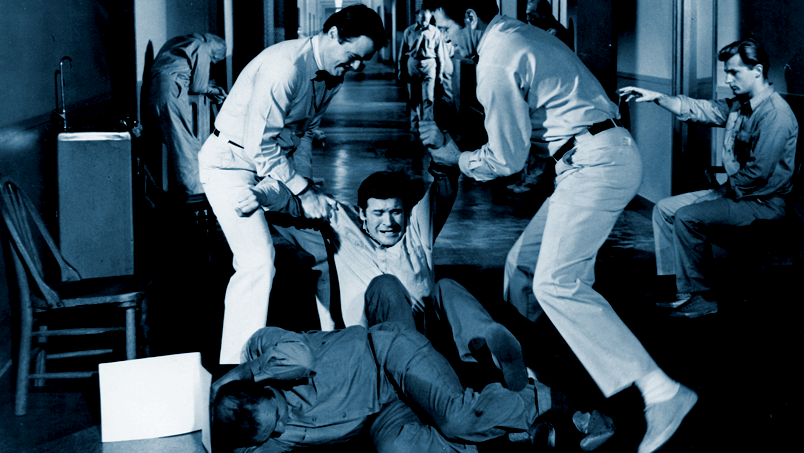 electro shock therapy electro shock therapy
Electro Shock therapy (EST), more recently renamed to electroconvulsive therapy
(ECT), is a psychiatric treatment in which seizures are electrically induced in
anesthetized patients for therapeutic effect. It's mode of action is unknown.
Today, EST is most often recommended for use as a treatment for severe depression
which has not responded to other treatment, and is also used in the treatment of
mania and catatonia. It was first introduced in the 1938 and gained widespread
use as a form of treatment in the 1940s and 1950s.
 Electro shock therapy can differ in its application in three ways: electrode placement,
frequency of treatments, and the electrical waveform of the stimulus. These three forms
of application have significant differences in both adverse side effects and positive
outcomes. After treatment, drug therapy is usually continued, and some patients receive
continuation/maintenance EST. In the United Kingdom and Ireland, drug therapy is
continued during EST. Electro shock therapy can differ in its application in three ways: electrode placement,
frequency of treatments, and the electrical waveform of the stimulus. These three forms
of application have significant differences in both adverse side effects and positive
outcomes. After treatment, drug therapy is usually continued, and some patients receive
continuation/maintenance EST. In the United Kingdom and Ireland, drug therapy is
continued during EST.
Informed consent is a standard of modern electroconvulsive therapy. According to the
Surgeon General, involuntary treatment is uncommon in the United States and is
typically only used in cases of great extremity, and only when all other treatment
options have been exhausted and the use of EST is believed to be a potentially life
saving treatment. However, caution must be exercised in interpreting this assertion
as, in an American context, there does not appear to have been any attempt to survey
at national level the usage of EST as either an elective or involuntary procedure in
almost twenty years. In one of the few jurisdictions where recent statistics on ECT
usage are available, a national audit of ECT by the Scottish ECT Accreditation
Network indicated that 77% of patients who received the treatment in 2008 were
capable of giving informed consent.
Despite the fact that the majority of psychiatric clinicians regard EST as a safe and
effective procedure, surveys of public opinion, the testimony of former patients, legal
restrictions on its use and disputes as to the efficacy, ethics and adverse effects of
EST within the psychiatric and wider medical community indicate that the use of EST
remains controversial. This is reflected in the recent decision
by the FDA's Neurological Devices Advisory Panel to maintain EST devices in the
Class III device category for high risk devices except for patients suffering from
catatonia. This will result in the manufacturers of such devices having to do controlled
trials on their safety and efficacy for the first time. In justifying their position
panelists referred to the memory loss associated with ECT and the lack of long-term
data.
Aside from effects in the brain, the general physical risks of ECT are similar to
those of brief general anesthesia; the United States' Surgeon General's report says
that there are "no absolute health contraindications" to its use. Immediately
following treatment the most common adverse effects are confusion and memory loss.
The state of confusion usually disappears after a few hours. It can be tolerated by
pregnant women who are not suffering major complications. It can be used with diabetic
or obese patients, and with caution in those whose cancers are in remission or under
control. It can be used in some immunocompromised patients. It must be used very
cautiously in people with epilepsy or other neurological disorders because by its
nature it provokes small tonic-clonic seizures, and so would likely not be given to
a person whose epilepsy is not well-controlled. Some patients experience
muscle soreness after ECT. This is due to the muscle relaxants given during the
procedure and rarely due to muscle activity. The death rate due to ECT is around
4 per 100,000 procedures.
|

